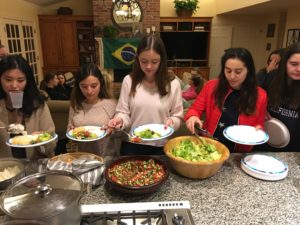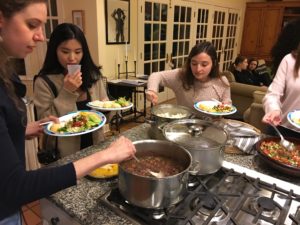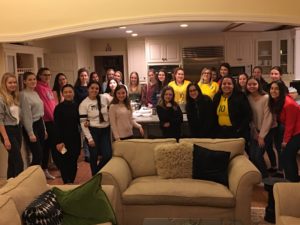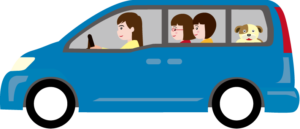
Currently, it can take weeks to obtain a license in CT so please give yourself time to complete the process. Read this whole document– it’s complicated 🙁
Here is the DMV website detailing the process and the documents required.
Note: Au Pairs with German, French or Canadian licenses can transfer their licenses (treated as “out of state” transfer) at the Norwalk Department of Motor Vehicles. You only have to fill out an application and take the vision test. You do not have to do the 8-hour safety course. You will need the same documents listed below under #4.
First obtain a Social Security Number. To apply for a restricted working social security card, you must go in person to the Social Security office at: 2 Landmark Square, Suite 105, Stamford CT 06901 (866-770-1881) with these documents:
– Valid passport with J-1 visa stamp inside
– DS-2019 form
– I-94 card print out from the Customs and Border Control website
– Proof of identification that is at least one year old (e.g. passport, driver’s license, birth certificate)
Required preparation for Connecticut driver’s license:
1) Schedule an appointment online to take the written “rules of the road” knowledge test at the Norwalk Dept of Motor Vehicles (540 Main Ave. Norwalk CT).
2) Study for your knowledge test. You can download the manual to study (available in English or Spanish) as well as an app with practice questions for your iPhone/iPad or Android (also in English and Spanish).
3) Email your counselor two weeks before your written test and ask her to mail you a participation letter to prove your residency and that you are a current au pair.
4) Take the written knowledge test and vision tests (bring your glasses if you wear them) at the Norwalk DMV:
You must bring with you documents from this list for “non-US born” applicants:
- Passport with J-1 Visa inside
- Current DS-2019 form
- Hard copy printout of I-94 arrival form (print out here)
- International Driver’s license
- Home country license
- Social Security card
- Letter from your Host Family stating that you are currently living with them as their au pair
- Participation letter from your counselor postmarked within 90 days and sent to your host family’s address including the envelope addressed to you to prove that you are living at your host family’s address. Please contact your counselor at least one week before your written test date so that she can mail you the letter.
- Recent bank statement or credit card bill addressed to you at your host family’s home to further prove residency (postmarked within 90 days old), in the envelope
- $40.00 application fee
5) Take the required 8-hour Safe Driver course at a driving school and get a CS-1 completion certificate required for taking the road test. All driving schools offer this. There are two in New Canaan:
– Lewis School of Driving—28 Cross Street, New Canaan, (203) 972-0242 – cost $150 but mention APIA for a discount– click here for info– the class is currently online
– Fresh Green Light – 111 Cherry Street, New Canaan, (203) 861-1188 – cost $150 – click here for course info – currently online
6) When you have passed your written and vision test and scheduled your 8 hour safe driving course, you can schedule your driving test online here. You should schedule your driving test at the Bridgeport DMV – please DO NOT schedule it at the Danbury location as we have had issues with foreign licenses there. Remember, your test must take place AFTER you have completed your Safe Driving course.
7) Take your road test– review documents and the road test here
Make sure you have with you:
- A copy of your road test appointment confirmation page (which is emailed to you when you make your appointment online)
- Your CS-1 Driver Education certificate proving completion of Safe Driving Class
- An R-229 form application for a Non-Commercial Driver’s license. Download the form ahead of time here and fill it in to bring with you.
- Vehicle registration, car insurance card AND a letter from your host family stating that they are giving you permission to drive their car for the road test
- Out of country license and international driver’s license along with ALL other paperwork listed above in required documents for knowledge test
- License fee of $84
8) Once you pass your road test, your license will be valid for 5 ½ – 7 years depending on your date of birth.
You will receive your driver’s license through the mail to your home address. You can track the delivery of your license here. Good luck!






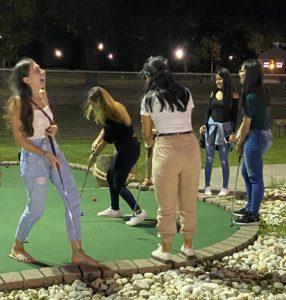



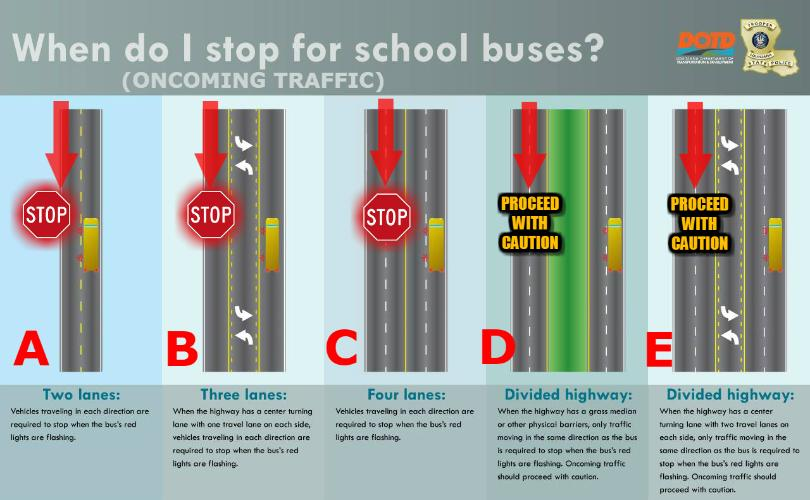

 In September, Staying Put in New Canaan asked for help decorating face masks to be included in food baskets being delivered as part of it’s Celebration of Generations virtual luncheon. Au pairs in New Canaan volunteered to decorate 60 of the white cotton masks. An international group from Brazil, the Czech Republic, Peru, New Zealand, Germany, Colombia, Latvia, South Africa and Poland participated.
In September, Staying Put in New Canaan asked for help decorating face masks to be included in food baskets being delivered as part of it’s Celebration of Generations virtual luncheon. Au pairs in New Canaan volunteered to decorate 60 of the white cotton masks. An international group from Brazil, the Czech Republic, Peru, New Zealand, Germany, Colombia, Latvia, South Africa and Poland participated.
 Driving with kids in the car can be particularly distracting especially if there is crying, whining, or some other issue that warrants attention. It is hard to ignore children who want attention, but when you are driving you need to remain focused on DRIVING!
Driving with kids in the car can be particularly distracting especially if there is crying, whining, or some other issue that warrants attention. It is hard to ignore children who want attention, but when you are driving you need to remain focused on DRIVING!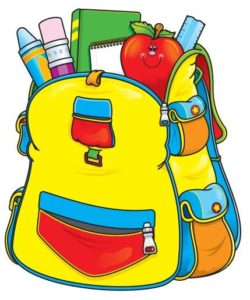
 Independence Day, or July 4th, commemorates the day the American colonies declared independence from Great Britain in 1776. It is a day of celebration, relaxation and hopefully safe times with family and friends. Often, this day is focused on BBQs and fireworks. To learn more about the historical context, read on.
Independence Day, or July 4th, commemorates the day the American colonies declared independence from Great Britain in 1776. It is a day of celebration, relaxation and hopefully safe times with family and friends. Often, this day is focused on BBQs and fireworks. To learn more about the historical context, read on.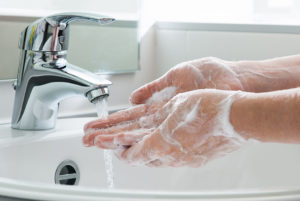 Kids don’t always listen when adults tell them to wash their hands before eating, after using the bathroom, or when they come inside from playing. But it’s a message worth repeating — hand washing is by far the best way to prevent germs from spreading and to keep from getting sick.
Kids don’t always listen when adults tell them to wash their hands before eating, after using the bathroom, or when they come inside from playing. But it’s a message worth repeating — hand washing is by far the best way to prevent germs from spreading and to keep from getting sick.